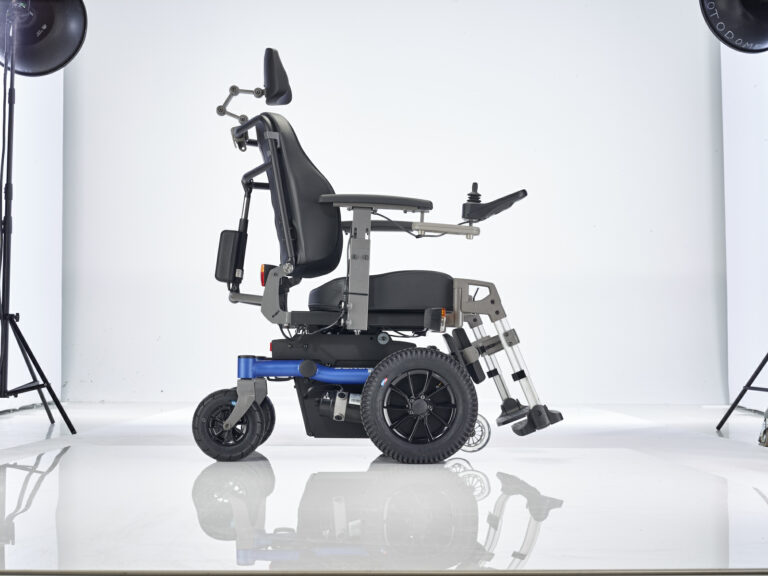There is no one-size fits all with wheelchairs. Users come in different shapes and sizes, and modern wheelchairs have been made to fit these varying requirements. Disabled people lack mobility and the ability to exercise, increasing their likelihood of obesity. Other disabilities and special needs mean that many users need larger sized wheelchairs.
One of these specialised models is the bariatric wheelchair. These chairs have wider seating and weight capacity made for larger and heavier users. In this article, we explain how bariatric wheelchairs work, and what to consider when purchasing.
What is a Bariatric Wheelchair?
Wheelchairs should help people maintain as much autonomy as possible, and users vary in their needs. A bariatric wheelchair is a specialised chair model made for those with obesity who have limited mobility and require additional support.
Disabled people often struggle to maintain a healthy weight for mutliple reasons: poverty or a lack of financial resources, limited mobility, the access to healthy food options and even the ability to cook for themselves.
Bariatric models are designed with a greater weight capacity to accommodate larger users. They also have broader seats and reinforced frames for extra stability, comfort and durability. Dietz Power’s SANGO xxl model is a powered wheelchair with front-wheel drive, designed for users weighing up to 250 kg.
Why use a Bariatric Wheelchair?
Bariatric chairs support and safely transport heavier individuals and prevent injuries during movement. With sturdier frames and wider seats, they provide more stability for those with mobility issues. Users can better leave their home, go to the shops and travel around with greater comfort and less risk — essential for maintaining good quality of life as a wheelchair user.
Do I need a Bariatric Wheelchair?
For wheelchair users who are over 100lbs overweight or have a Body Mass Index (BMI) over 30, a bariatric chair could be the right solution. These users are more likely have the following conditions:
- Cardiopulmonary disease
- Cardiovascular disease
- osteoarthritis of the lower extremities
Bariatric wheelchairs are also useful for people with severe muscle weaknesses from neuromuscular or musculoskeletal problems, such as Muscular dystrophy, Multiple Sclerosis (MS) or Huntington’s disease.
How to Maintain Your Bariatric Wheelchair
As with any other mobility device or indeed equipment, a Bariatric wheelchair needs to be properly maintained and cared for. This is vital to make sure the wheelchair lasts, especially since it is a significant investment for the user.
In practice, that means regularly checking on the condition for signs of wear. Inspect the wheels and frame for cracks or dents and replacing/repairing where appropriate.
The chair should also be kept thoroughly clean. Use mild soap and water to wipe the wheelchair’s surfaces and frame and get rid of dust, dirt and debris. Keep the chair in a safe, dry location to prevent damage from excess moisture.
Move comfortably and safely with Dietz Power
You don’t have to sacrifice comfort for safe and secure mobility. The SANGO xxl combines strong driving characteristics with optimum manoeuvrability, and has an excellent outdoor performance. Users can also choose from additional powered adjustments — including back adjustments, tilt adjustments, seat lift and the “Catapult” seat.
When choosing the right wheelchair, our supply professionals are here to offer advice and answer any of your questions. Contact us to find out how we can support you.



